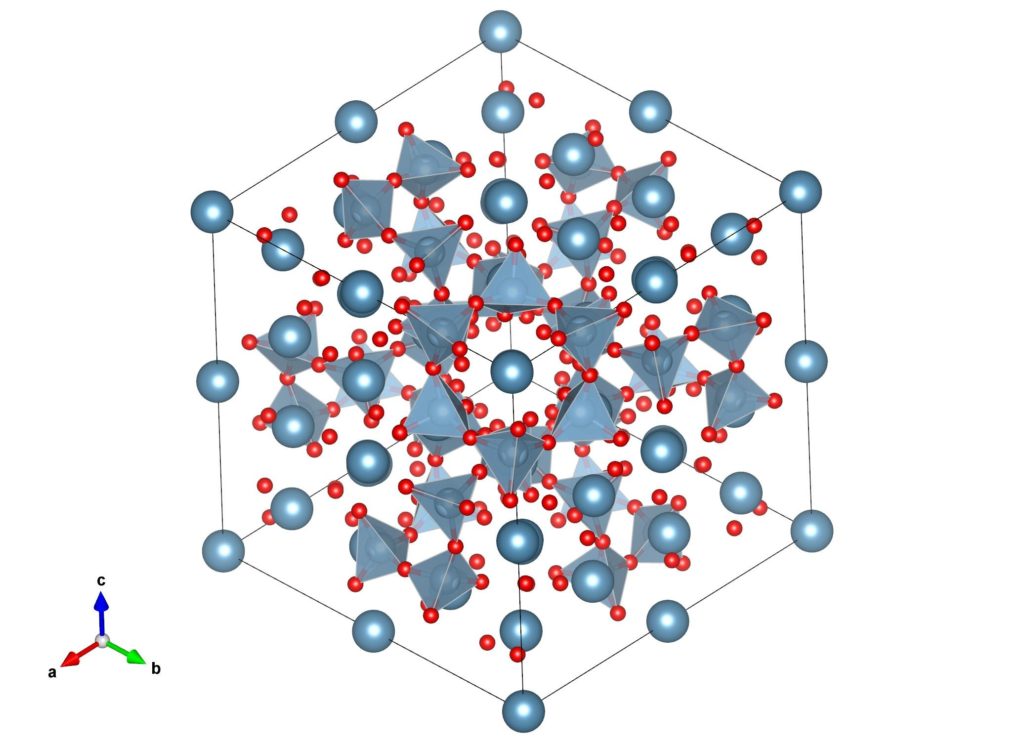 Ceramic materials have myriad applications in modern technology. Cementitious ceramics, such as tricalcium silicate and mayenite, are some of the most common such materials, found in cement, mortar, and concrete. Tricalcium silicate is the main phase of cement, and its reactivity dictates the performance of construction materials in buildings, bridges, and pavements across the globe. Mayenite is a minor phase in some cements, and has the potential to transition from an insulator to a conductor. Both of these materials can be optimized by inserting impurity ions into their regularly ordered crystal structures (i.e. doping). Tricalcium silicate is commonly doped with magnesium, aluminum, and iron naturally occurring in cement, while mayenite can be made conductive by doping with copper. This research uses density-functional theory, a quantum mechanical modeling tool, to optimize the reactivity of tricalcium silicate, and the conductivity of mayenite. Results provide a means to intelligently design new cementitious ceramics which are better performing, more easily processable, and more versatile in their potential applications.
Ceramic materials have myriad applications in modern technology. Cementitious ceramics, such as tricalcium silicate and mayenite, are some of the most common such materials, found in cement, mortar, and concrete. Tricalcium silicate is the main phase of cement, and its reactivity dictates the performance of construction materials in buildings, bridges, and pavements across the globe. Mayenite is a minor phase in some cements, and has the potential to transition from an insulator to a conductor. Both of these materials can be optimized by inserting impurity ions into their regularly ordered crystal structures (i.e. doping). Tricalcium silicate is commonly doped with magnesium, aluminum, and iron naturally occurring in cement, while mayenite can be made conductive by doping with copper. This research uses density-functional theory, a quantum mechanical modeling tool, to optimize the reactivity of tricalcium silicate, and the conductivity of mayenite. Results provide a means to intelligently design new cementitious ceramics which are better performing, more easily processable, and more versatile in their potential applications.